
Podgorica: The Hidden Gem of Montenegro
Discover Podgorica, the charming capital of Montenegro, where history, culture, and nature blend seamlessly to create an unforgettable travel experience.
Podgorica, the capital of Montenegro, is a city that beautifully marries the old and the new. Nestled in the heart of the country, this vibrant city offers a rich tapestry of history, culture, and natural beauty. From ancient ruins to modern architecture, Podgorica is a place where every corner tells a story. Podgorica is known for its diverse landscapes. Here, you can explore scenic rivers, lush parks, and dramatic mountains, all within a short drive. The Moraca River, which runs through the city, provides a picturesque backdrop for leisurely strolls and offers many spots for relaxation and recreation. The city's parks, like Gorica Hill and King's Park, are perfect for picnics and offer stunning views of the surroundings. The city’s cultural scene is equally impressive. Visit the ancient Roman town of Doclea, which dates back to the 1st century. You can also explore the Orthodox Cathedral of the Resurrection of Christ, a stunning example of modern religious architecture. For a taste of local culture, wander through the Old Town, where you will find charming cafes, traditional markets, and historic buildings that reflect the city's storied past. Podgorica is rapidly evolving, with a growing number of restaurants, bars, and entertainment venues. The local cuisine is a delightful blend of Mediterranean and Balkan flavors, with many eateries offering fresh, locally sourced ingredients. Don’t miss the chance to sample Montenegro's famous wines in one of the city’s cozy wine bars. Despite being the capital, Podgorica maintains a laid-back atmosphere. The friendly locals, the relaxed pace of life, and the city's compact size make it easy to explore on foot or by bike. Whether you're an adventure seeker, a history buff, or someone looking to unwind, Podgorica has something to offer everyone.
Local tips in Podgorica
- Visit the Podgorica City Museum to learn about the city’s history and culture.
- Take a hike up Gorica Hill for panoramic views of the city.
- Try the local cuisine at a traditional Montenegrin restaurant.
- Rent a bike to explore the city's parks and riverside paths.
- Check out the nightlife scene at Bokeška Street for trendy bars and cafes.
Podgorica: The Hidden Gem of Montenegro
Podgorica, the capital of Montenegro, is a city that beautifully marries the old and the new. Nestled in the heart of the country, this vibrant city offers a rich tapestry of history, culture, and natural beauty. From ancient ruins to modern architecture, Podgorica is a place where every corner tells a story. Podgorica is known for its diverse landscapes. Here, you can explore scenic rivers, lush parks, and dramatic mountains, all within a short drive. The Moraca River, which runs through the city, provides a picturesque backdrop for leisurely strolls and offers many spots for relaxation and recreation. The city's parks, like Gorica Hill and King's Park, are perfect for picnics and offer stunning views of the surroundings. The city’s cultural scene is equally impressive. Visit the ancient Roman town of Doclea, which dates back to the 1st century. You can also explore the Orthodox Cathedral of the Resurrection of Christ, a stunning example of modern religious architecture. For a taste of local culture, wander through the Old Town, where you will find charming cafes, traditional markets, and historic buildings that reflect the city's storied past. Podgorica is rapidly evolving, with a growing number of restaurants, bars, and entertainment venues. The local cuisine is a delightful blend of Mediterranean and Balkan flavors, with many eateries offering fresh, locally sourced ingredients. Don’t miss the chance to sample Montenegro's famous wines in one of the city’s cozy wine bars. Despite being the capital, Podgorica maintains a laid-back atmosphere. The friendly locals, the relaxed pace of life, and the city's compact size make it easy to explore on foot or by bike. Whether you're an adventure seeker, a history buff, or someone looking to unwind, Podgorica has something to offer everyone.
When is the best time to go to Podgorica?
Iconic landmarks you can’t miss
Pod Volat
Experience the authentic taste of Montenegro at Pod Volat, a beloved restaurant in the heart of Podgorica, offering delicious local cuisine in a cozy setting.
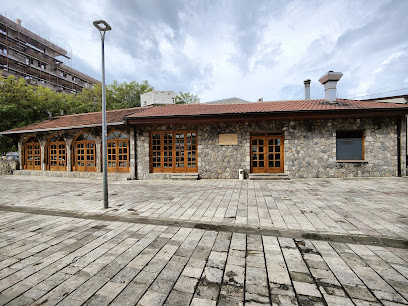
Vodopad Nijagara
Discover the stunning Vodopad Nijagara, a breathtaking waterfall in Montenegro, offering serene beauty and unforgettable experiences in nature.
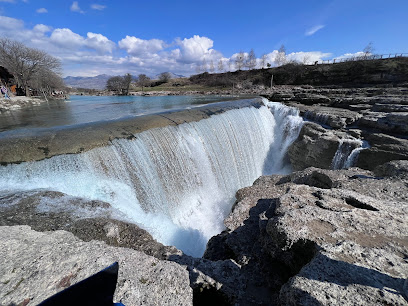
Orthodox Temple of Christ's Resurrection
Explore the breathtaking Orthodox Temple of Christ's Resurrection in Podgorica, a stunning blend of traditional and modern architecture steeped in rich history.
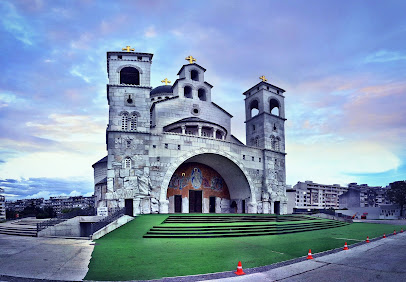
Independence Square
Explore Independence Square in Podgorica, a vibrant cultural hub filled with history, architecture, and local flavors in the heart of Montenegro.
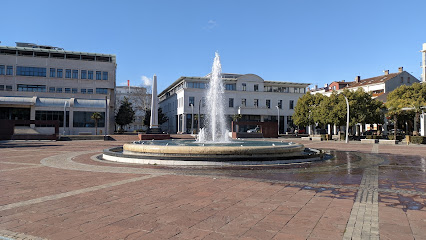
Millennium Bridge (Podgorica)
Explore the stunning Millennium Bridge in Podgorica, a modern architectural marvel offering breathtaking views and a vibrant atmosphere in Montenegro's capital.
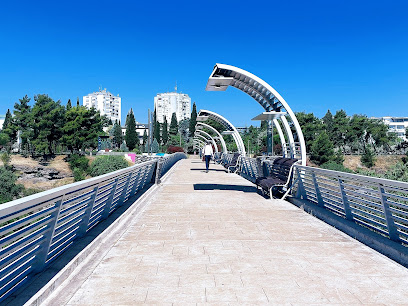
Old Ribnica River Bridge
Discover the historic Old Ribnica River Bridge in Podgorica, Montenegro, a stunning blend of cultural heritage and picturesque views.
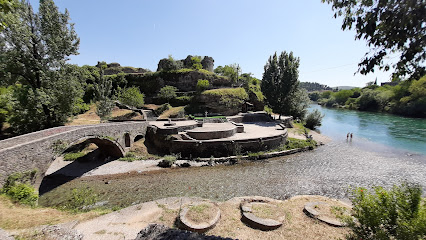
Gorica Park
Discover the natural beauty and tranquility of Gorica Park, an urban oasis in Podgorica with stunning views and lush landscapes perfect for relaxation.
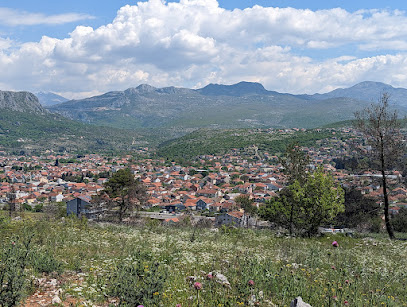
Dajbabe Monastery
Experience the serene beauty and spiritual depth of Dajbabe Monastery, a remarkable gem nestled in the heart of Montenegro.
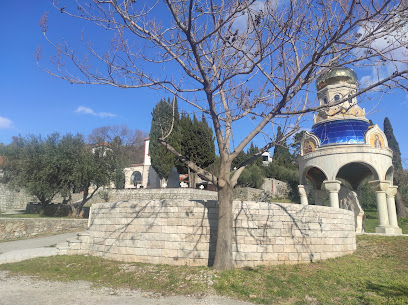
KRISTAL
Discover the flavors of Montenegro at KRISTAL, a top-rated restaurant in Podgorica offering local and international cuisine in a cozy atmosphere.
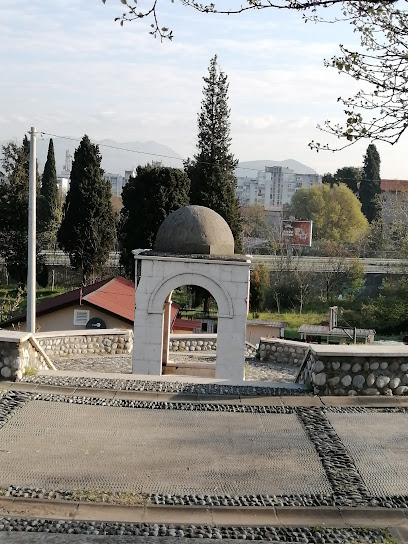
Petrovic Castle
Explore Petrovic Castle in Podgorica, a majestic symbol of Montenegro's history and culture, surrounded by breathtaking landscapes.
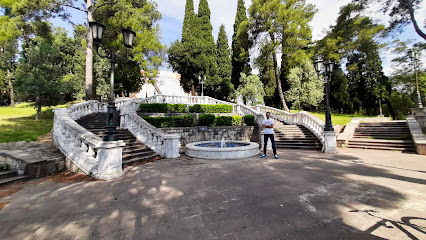
MARQUEZ
Experience the fusion of American and Mexican flavors at MARQUEZ, a vibrant restaurant in Podgorica perfect for unforgettable meals.
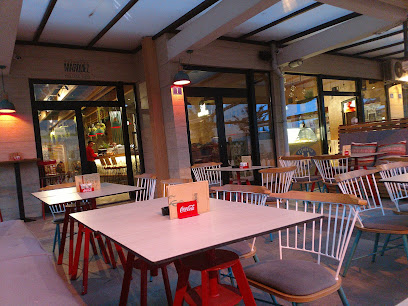
The Capital Plaza
Discover the vibrant pulse of Podgorica at The Capital Plaza, a modern business hub with shopping, dining, and entertainment options for every traveler.
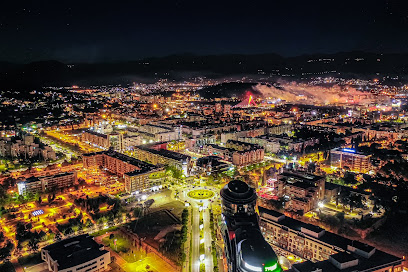
Osmanagić
Explore the vibrant auto market at Osmanagić in Podgorica, where diverse vehicles and local automotive culture await every traveler.
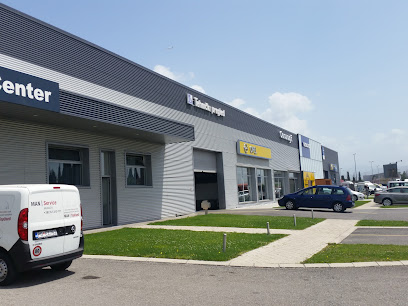
Osmanagic Mosque
Explore the Osmanagic Mosque in Podgorica, a stunning example of Islamic architecture and a serene retreat in the heart of Montenegro.
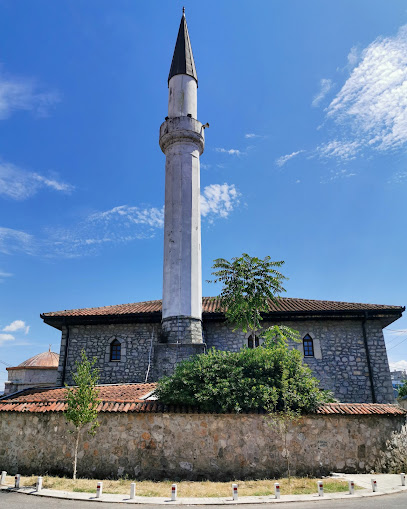
Ancient Doclea Ruins
Discover the Ancient Doclea Ruins, a historical gem near Podgorica, Montenegro, where Roman history comes alive amidst stunning landscapes.
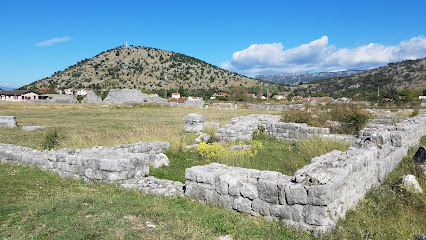
Unmissable attractions to see
Ostrog Orthodox Monastery
Explore the breathtaking Ostrog Orthodox Monastery, a sacred site in Montenegro with stunning views and rich spiritual heritage.
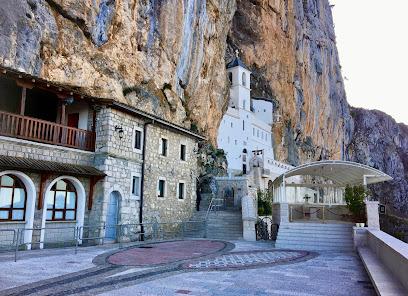
Porto Montenegro
Experience the luxury and charm of Porto Montenegro, a stunning marina destination in Tivat, offering exquisite dining, shopping, and breathtaking Adriatic views.
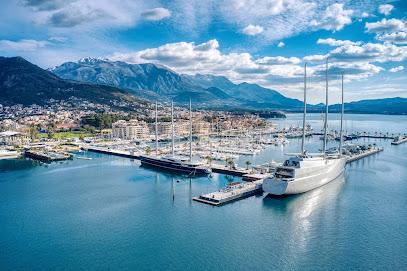
Fortress Old Bar
Explore the historic Fortress of Old Bar in Montenegro, a stunning site with rich history and breathtaking coastal views.
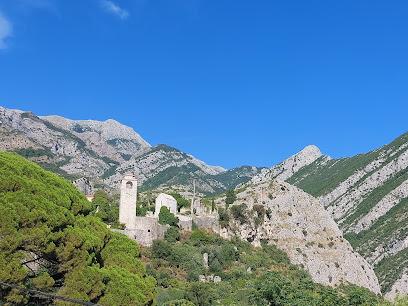
Lovćen National Park
Experience the stunning landscapes and rich history of Lovćen National Park, a gem in the heart of Montenegro, perfect for nature lovers and adventurers alike.
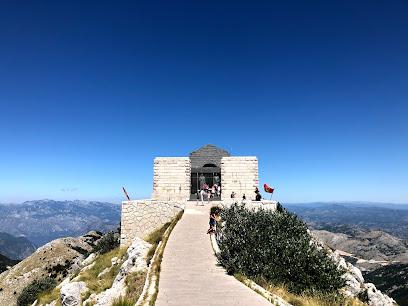
Kampana Tower
Discover the breathtaking views and rich history of Kampana Tower, a stunning landmark in Kotor, Montenegro, overlooking the picturesque Bay of Kotor.
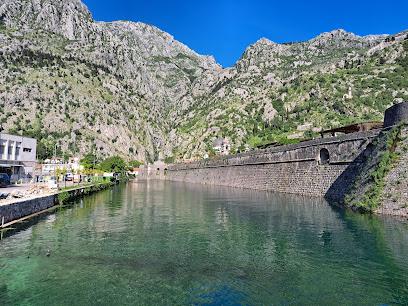
Rozafa Castle
Explore Rozafa Castle in Shkodër, Albania: a historical fortress with breathtaking views and captivating legends that define the heritage of the region.

Jaz Beach
Discover the beauty and adventure at Jaz Beach, Montenegro's stunning coastal paradise with golden sands and crystal-clear waters.
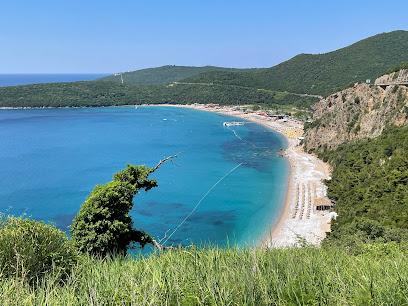
Ferry Kamenari
Experience the stunning views and seamless travel between Kamenari and Lepetane with the scenic Ferry Kamenari in Montenegro.
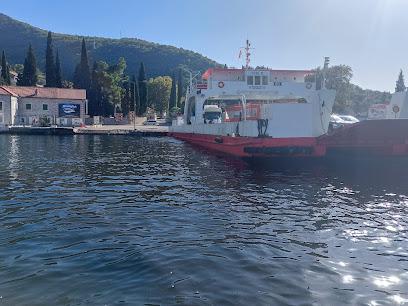
Ploce beach
Discover the breathtaking beauty of Ploče Beach in Krimovica, Montenegro, where crystal-clear waters meet stunning cliffs for an unforgettable beach experience.
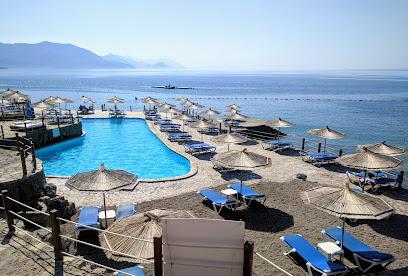
Beach Luchice
Experience the tranquil beauty of Beach Luchice in Petrovac, Montenegro, where golden sands meet crystal-clear waters and breathtaking landscapes.
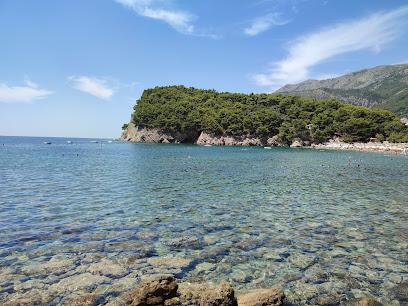
Saint Tryphon's Cathedral
Explore the historic Saint Tryphon's Cathedral in Kotor, Montenegro – a captivating blend of culture, architecture, and spirituality.
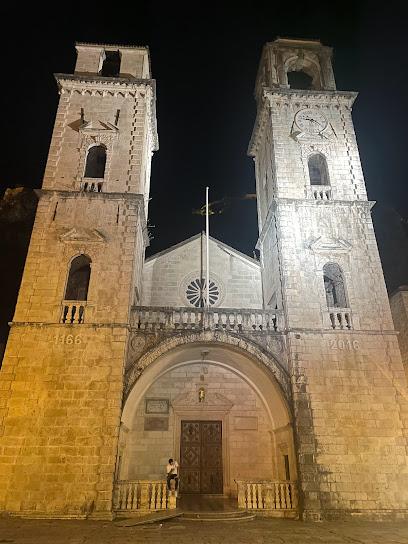
Moraca Monastery (1252.)
Explore the serene beauty and rich history of Moraca Monastery, a stunning 13th-century spiritual retreat in the heart of Montenegro.
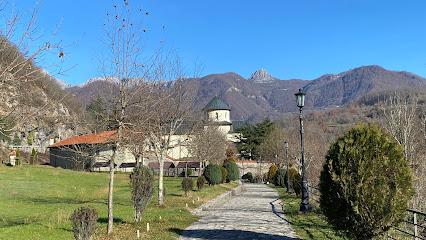
Pavlova Strana Rijeka Crnojeviča Viewpoint
Discover the breathtaking vistas at Pavlova Strana Rijeka Crnojevića Viewpoint, a tranquil escape in Montenegro's stunning natural landscape.
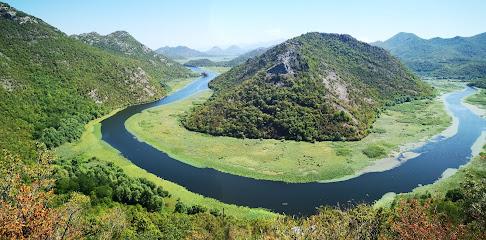
Petrovac beach
Discover the charm of Petrovac Beach in Montenegro, where sun-soaked shores meet rich culture and stunning natural beauty.
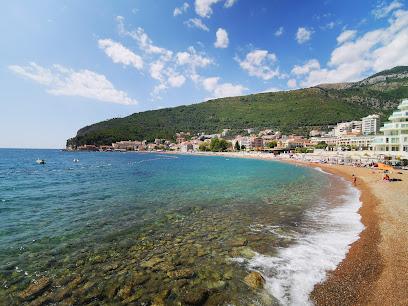
Serpentine
Experience the breathtaking beauty of the Serpentine in Cetinje, Montenegro, where stunning landscapes and rich cultural history await every traveler.
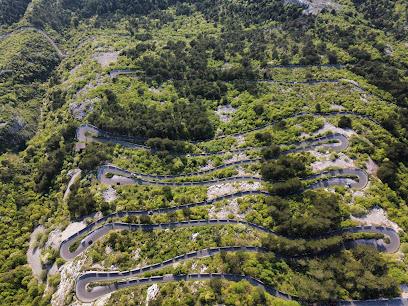
Essential places to dine
Pod Volat
Experience authentic Montenegrin cuisine at Pod Volat - where tradition meets flavor in the heart of Podgorica.
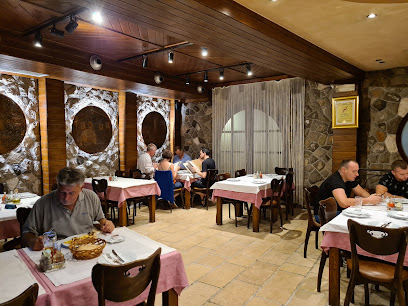
Restoran Niagara
Experience the best of Montenegrin cuisine at Restoran Niagara in Podgorica – where flavors meet hospitality.
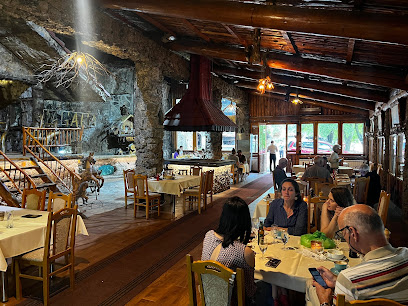
Konoba 'Lanterna' Podgorica
Discover authentic Montenegrin cuisine at Konoba 'Lanterna', where every dish tells a story of tradition and flavor.
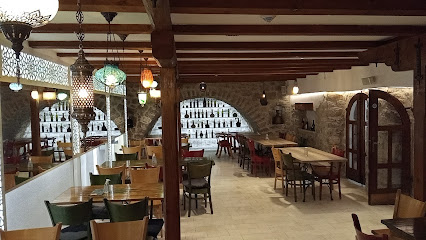
Hard Rock Cafe
Discover the vibrant flavors of America at Hard Rock Cafe Podgorica - where delicious food meets legendary music.

Pečenjara Gurman - Aria d.o.o.
Experience the best of Montenegrin cuisine at Pečenjara Gurman - Aria d.o.o., where succulent steaks meet warm hospitality in a charming setting.
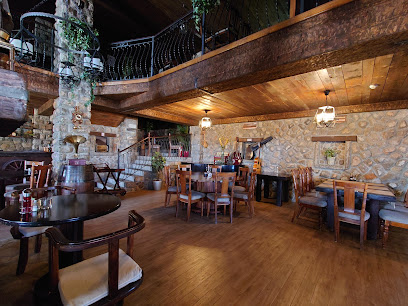
Babi Gourmet & Wine
Experience the best of Montenegrin cuisine at Babi Gourmet & Wine, where flavor meets hospitality in the heart of Podgorica.

Masala Art
Experience authentic Indian flavors at Masala Art in Podgorica - where each dish tells a story of tradition and spice.
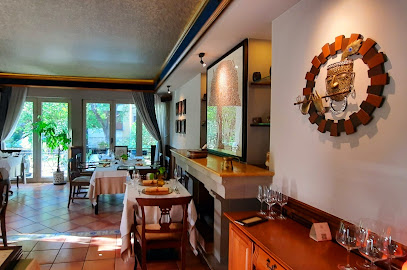
Imanje Knjaz
Experience authentic Montenegrin flavors at Imanje Knjaz - where tradition meets taste in Podgorica.
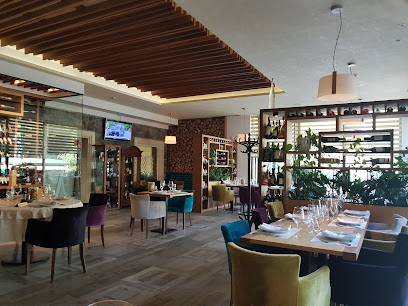
Arabian Tea House Montenegro
Experience authentic Middle Eastern cuisine at Arabian Tea House Montenegro – a family-friendly haven serving halal delicacies with warm hospitality.
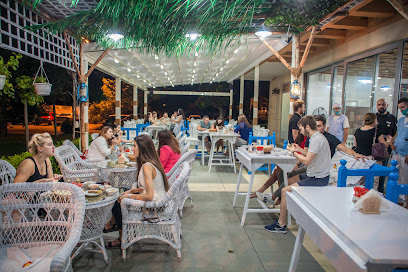
Steak House - Grill, Fish & Meat
Savor the essence of Montenegrin cuisine at Steak House - Grill, Fish & Meat with expertly grilled steaks and fresh seafood.
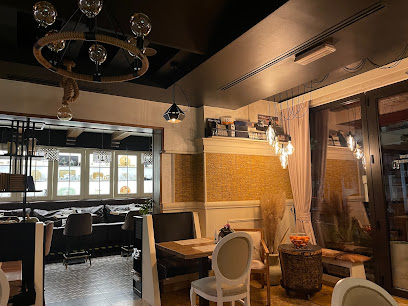
Porto
Experience authentic Montenegrin cuisine at Porto - where tradition meets taste in every dish.
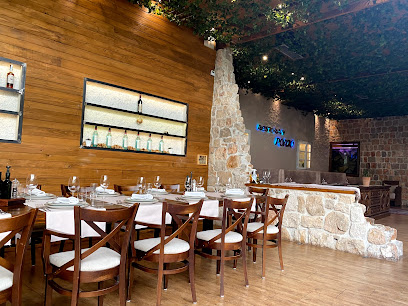
Naša priča Restaurant
Experience authentic Montenegrin cuisine at Naša priča Restaurant - where grilled delights meet gourmet pizzas in Podgorica.
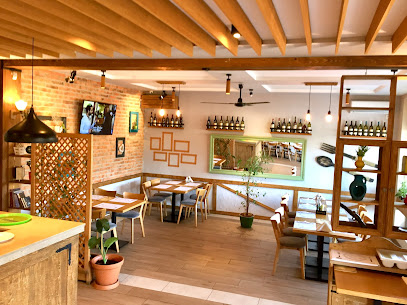
SPAGO
Discover the culinary treasures of Montenegro at SPAGO - where tradition meets innovation in every delicious dish.

Zheng He
Experience authentic Chinese cuisine at Zheng He in Podgorica - a culinary journey that tantalizes your taste buds with every dish.
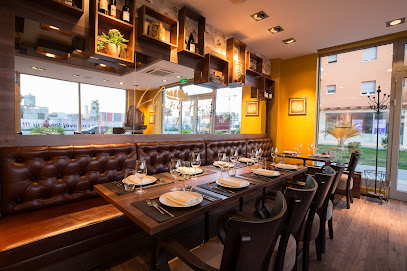
Home of Gyros by Naky's
Discover the flavors of Greece at Home of Gyros by Naky's, where every bite offers an authentic taste experience in Podgorica.
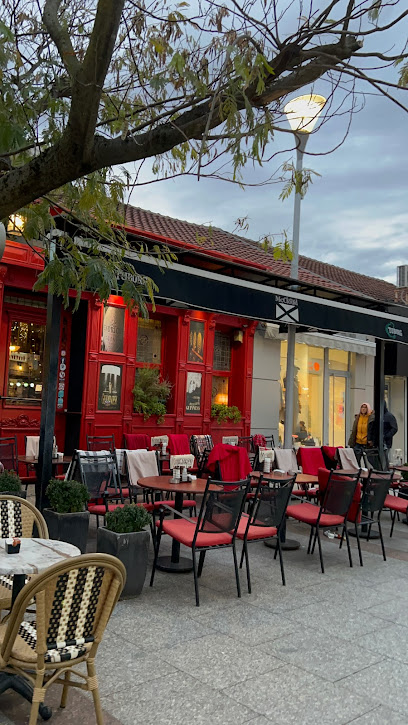
Markets, malls and hidden boutiques
BIG Fashion Podgorica
Discover a world of shopping, dining, and entertainment at BIG Fashion Podgorica, the premier shopping mall in Montenegro.
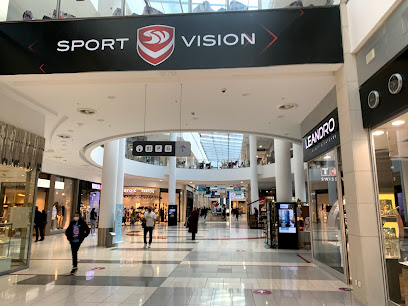
Mall of Montenegro
Explore the Mall of Montenegro in Podgorica: a vibrant shopping destination with diverse brands, dining, and entertainment options for every visitor.
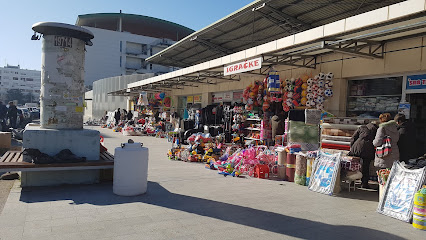
City Mall
Explore City Mall in Podgorica for a fantastic shopping experience, diverse dining options, and entertainment in a vibrant atmosphere.
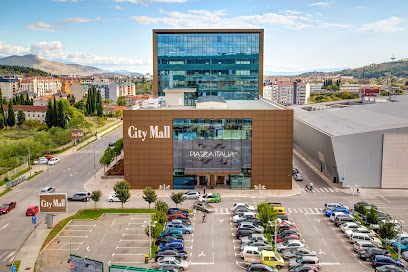
Casa de Puros
Discover the rich tradition of cigar smoking at Casa de Puros, Podgorica's premier destination for premium cigars and expert guidance.
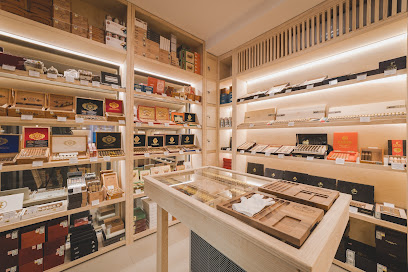
Extra Retail Park
Experience shopping, dining, and family fun at Extra Retail Park, Podgorica's premier shopping destination offering diverse options for every traveler.
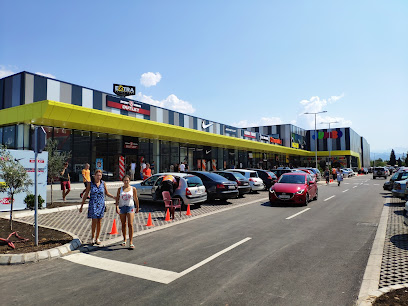
Pg Souvenir Shop
Explore the heart of Montenegro at Pg Souvenir Shop, where unique crafts and local treasures await every traveler.
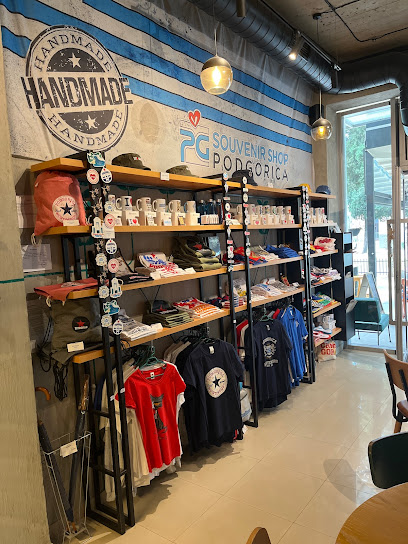
Plus Size Boutique
Explore the stylish and inclusive Plus Size Boutique in Podgorica, offering trendy apparel for all body types in a welcoming atmosphere.
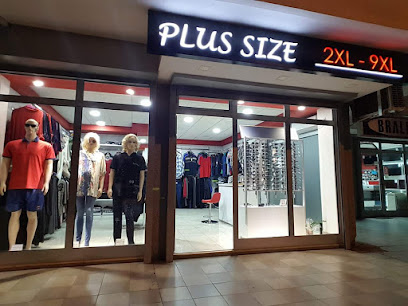
Top Shop Mall of Montenegro
Discover a shopping paradise at Top Shop Mall of Montenegro, where style meets convenience in the heart of Podgorica.

Petex
Discover authentic Montenegrin souvenirs at Petex, your gateway to unique treasures in the heart of Podgorica.
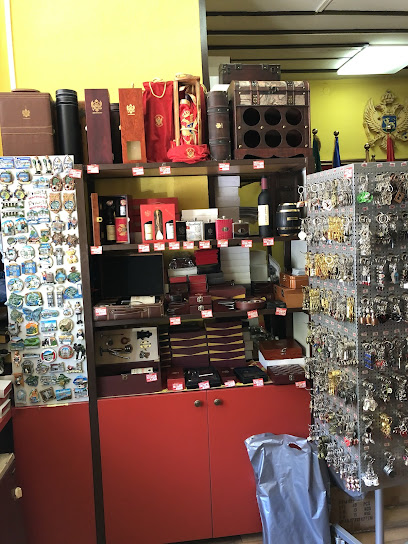
Vipex second hand shop Podgorica5
Explore Vipex Second Hand Shop in Podgorica for unique vintage finds and sustainable fashion treasures that reflect Montenegrin culture.
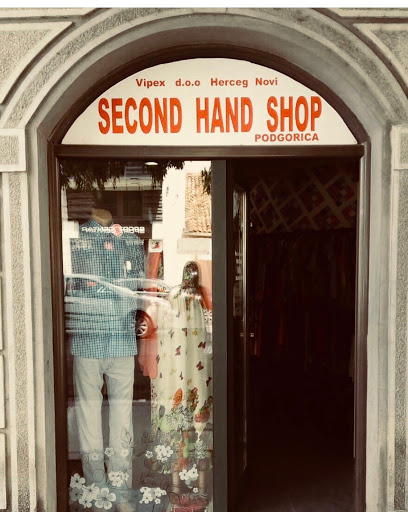
SOUVENIR GIFT SHOP - Crnogorski Kutak - MONTENEGRO
Discover unique Montenegrin souvenirs at Crnogorski Kutak, a charming store in Podgorica's Mall of Montenegro, perfect for every traveler.
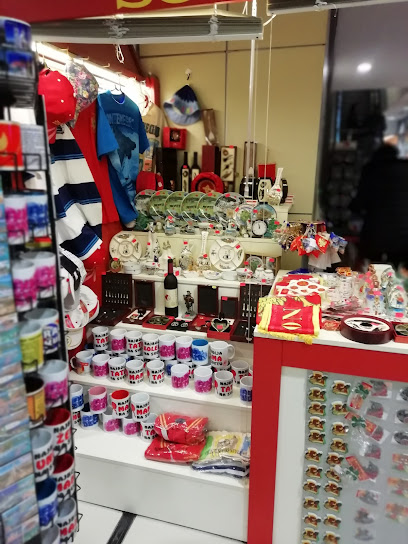
Legend
Explore the latest trends and stylish apparel at Legend Clothing Store in Podgorica, your go-to destination for fashionable finds.

Exclusive boutique Podgorica
Explore the elegance of Exclusive Boutique Podgorica, where Montenegrin fashion meets contemporary style in a unique shopping experience.

Souvenir Rock Shop Podgorica
Explore the heart of Montenegro at Souvenir Rock Shop Podgorica, where unique local crafts and souvenirs await every traveler.
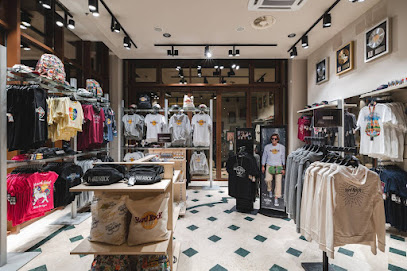
Unique shop
Explore Podgorica's unique jewelry store for handcrafted treasures that embody Montenegrin artistry and culture.

Essential bars & hidden hideouts
Welder Pub
Discover the vibrant atmosphere of Welder Pub in Podgorica, where modern design meets Montenegrin hospitality for a memorable experience.
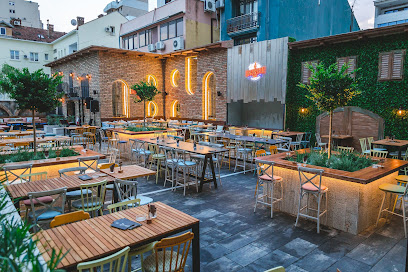
Zeppelin Lounge Bar & Pub
Experience the vibrant atmosphere of Zeppelin Lounge Bar & Pub in Podgorica, where local culture meets modern nightlife in a cozy setting.
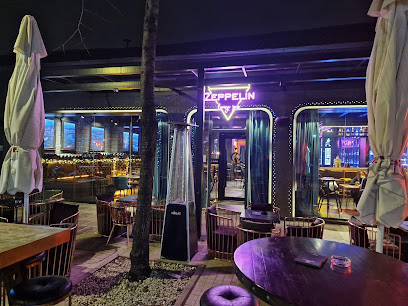
Itaka Library Bar
Discover the enchanting Itaka Library Bar in Podgorica, where literature and libations blend in a cozy cultural oasis.
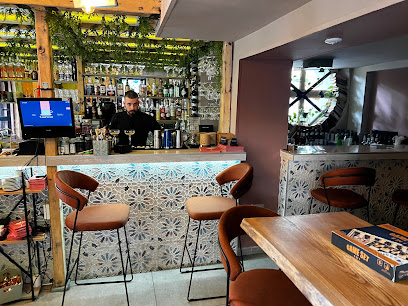
Scottish Pub McCloud
Discover the authentic taste of Scotland at Scottish Pub McCloud, where every visit promises great food, drinks, and a lively atmosphere in the heart of Podgorica.
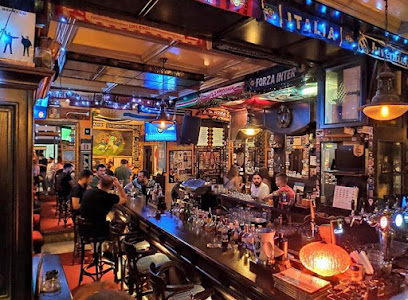
Street bar
Discover the vibrant atmosphere of Street Bar in Podgorica, where handcrafted cocktails meet live jazz in a stylish setting.
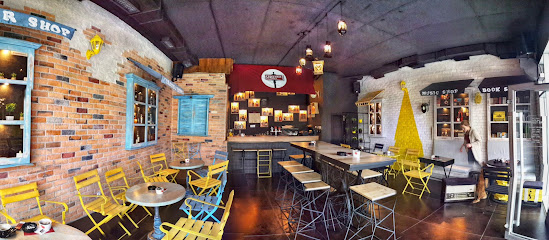
Kokotov rep
Discover Podgorica's vibrant nightlife at Kokotov Rep, a cocktail bar renowned for its inventive drinks and lively atmosphere.
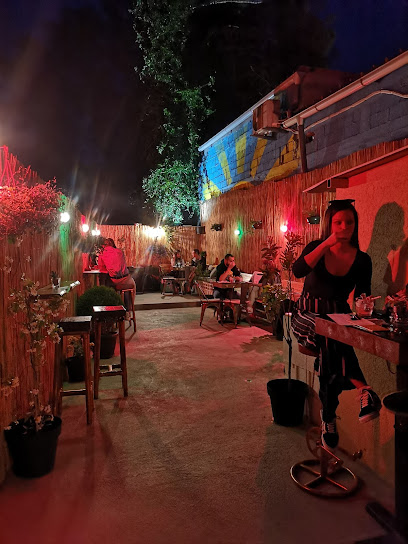
Cafe Berlin
Discover the vibrant atmosphere and local flavors at Cafe Berlin, Podgorica's beloved pub offering a delightful mix of food and drinks.
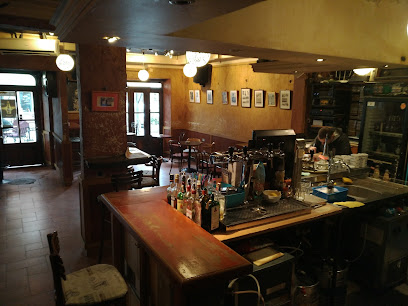
PUB WWW
Discover the lively PUB WWW in Podgorica, a must-visit bar offering a vibrant atmosphere, friendly service, and a diverse drink selection.
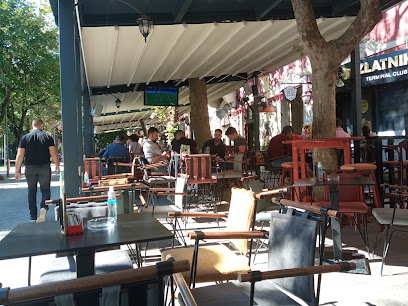
Irish Pub Saint Patrick
Experience the vibrant atmosphere of Irish Pub Saint Patrick in Podgorica, offering a delightful mix of European cuisine and local brews.
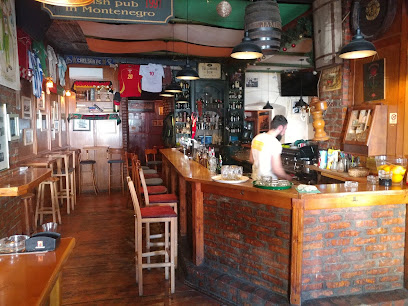
Bogart Craft Beer and Coffee Pub
Discover Bogart Craft Beer and Coffee Pub in Podgorica, where vibrant atmosphere meets exceptional craft brews and artisanal coffee.

The Big Horn gastropub
Experience the fusion of traditional and modern cuisine at The Big Horn Gastropub in Podgorica, where every bite tells a story.
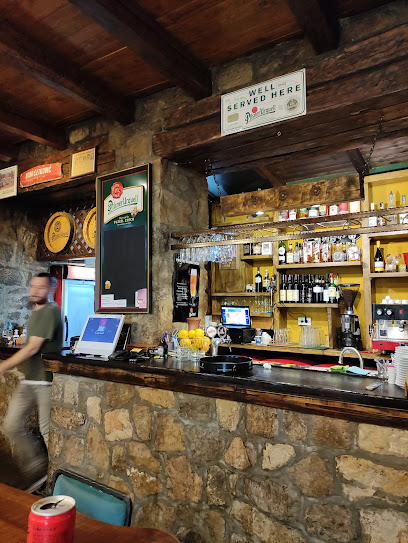
Senorita
Discover the lively ambiance of Senorita in Podgorica, where friendly service meets exquisite cocktails in a vibrant setting.
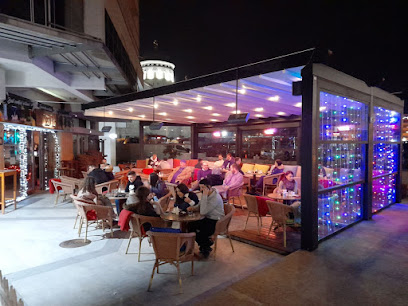
Colosseum Lounge Bar
Colosseum Lounge Bar: A vibrant meeting place in Podgorica for cocktails, live music, and unforgettable moments.
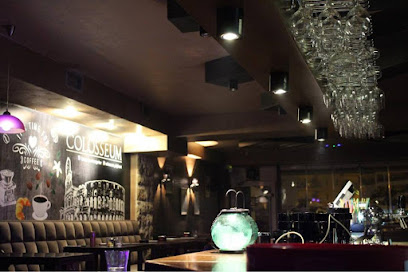
LIBRE cocktail bar
Discover LIBRE Cocktail Bar in Podgorica – a vibrant venue for innovative cocktails, lively DJ music, and an unforgettable nightlife experience.
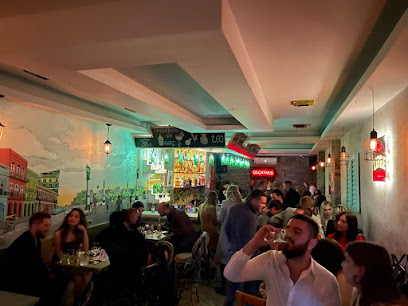
Mocktail Bar
Mocktail Bar in Podgorica: A refreshing oasis of creativity with an extensive menu of non-alcoholic beverages.
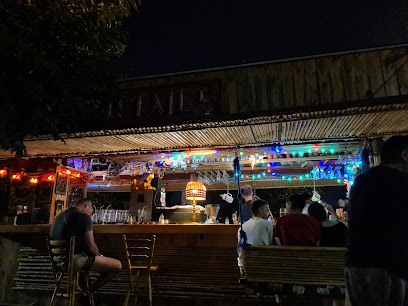
Local Phrases
-
- HelloZdravo
[ZDRAH-voh] - GoodbyeDoviđenja
[doh-VEE-jen-ya] - YesDa
[dah] - NoNe
[neh] - Please/You're welcomeMolim/ Nema na čemu
[MOH-leem/ NEH-mah nah CHEH-moo] - Thank youHvala
[HVAH-lah] - Excuse me/SorryIzvinite
[eez-VEE-nee-teh] - How are you?Kako ste?
[KAH-koh steh?] - Fine. And you?Dobro. A vi?
[DOH-bro. Ah vee?] - Do you speak English?Da li govorite engleski?
[dah lee goh-VOH-ree-teh ENG-lehs-kee?] - I don't understandNe razumijem
[neh rah-ZOO-mee-yem]
- HelloZdravo
-
- I'd like to see the menu, pleaseMolim vas, mogu li vidjeti jelovnik?
[MOH-leem vahs, MOH-goo lee VEE-dyeh-tee YEH-lohv-neek?] - I don't eat meatNe jedem meso
[neh YEH-dehm MEH-soh] - Cheers!Živeli!
[ZHEE-veh-lee] - I would like to pay, pleaseŽelim da platim, molim vas
[ZHEH-leem dah PLAH-teem, MOH-leem vahs]
- I'd like to see the menu, pleaseMolim vas, mogu li vidjeti jelovnik?
-
- Help!Pomoć!
[POH-mohch!] - Go away!Idi odavde!
[EE-dee oh-DAHV-deh!] - Call the Police!Pozovite policiju!
[POH-zoh-vee-teh poh-LEE-tsee-yoo!] - Call a doctor!Pozovite doktora!
[POH-zoh-vee-teh DOHK-toh-rah!] - I'm lostIzgubio/la sam se
[eez-GOO-byoh/lah sahm seh] - I'm illBolestan/na sam
[BOH-leh-stahn/nah sahm]
- Help!Pomoć!
-
- I'd like to buy...Želim da kupim...
[ZHEH-leem dah KOO-peem...] - I'm just lookingSamo gledam
[SAH-moh GLEH-dahm] - How much is it?Koliko košta?
[KOH-lee-koh KOSH-tah?] - That's too expensiveTo je previše skupo
[toh yeh PREH-vee-sheh SKOO-poh] - Can you lower the price?Možete li spustiti cijenu?
[MOH-zheh-teh lee SPOO-stee-tee TSEE-yeh-noo?]
- I'd like to buy...Želim da kupim...
-
- What time is it?Koliko je sati?
[KOH-lee-koh yeh SAH-tee?] - It's one o'clockJedan je sat
[YEH-dahn yeh saht] - Half past (10)Pola (deset)
[POH-lah (DEH-seht)] - MorningJutro
[YOO-troh] - AfternoonPopodne
[POH-pohd-neh] - EveningVeče
[VEH-cheh] - YesterdayJuče
[YOO-cheh] - TodayDanas
[DAH-nahs] - TomorrowSutra
[SOO-trah] - 1Jedan
[YEH-dahn] - 2Dva
[d-vah] - 3Tri
[tree] - 4Četiri
[CHEH-tee-ree] - 5Pet
[peht] - 6Šest
[shehst] - 7Sedam
[SEH-dahm] - 8Osam
[OH-sahm] - 9Devet
[DEH-veht] - 10Deset
[DEH-seht]
- What time is it?Koliko je sati?
-
- Where's a/the...?Gdje je...
[gd-yeh yeh] - What's the address?Koja je adresa?
[KO-yah yeh ah-DEH-sah?] - Can you show me (on the map)?Možete li mi pokazati (na mapi)?
[MOH-zheh-teh lee mee poh-KAH-zah-tee (nah MAH-pee)?] - When's the next (bus)?Kada je sledeći (autobus)?
[KAH-dah yeh SLEH-deh-chee (OW-toh-boos)?] - A ticket (to ....)Jedna karta (za ....)
[YEH-dnah KAR-tah (zah ....)]
- Where's a/the...?Gdje je...
History of Podgorica
-
Podgorica's origins can be traced back to the Illyrians, who established settlements in the area during the Bronze Age. Archaeological evidence suggests that the region was inhabited as early as the 5th century BC. The Romans later conquered the Illyrians and integrated the area into the province of Dalmatia, establishing the town of Doclea nearby, which became an important urban center.
-
During the medieval period, Podgorica was known as Ribnica, named after the Ribnica River. It was a part of the Serbian Kingdom and later the Serbian Empire. The town served as a significant trade and military center, benefiting from its strategic location. In the 15th century, the Ottoman Empire conquered the region and incorporated Podgorica into its territory, marking a period of significant cultural and architectural influence.
-
Under Ottoman rule, Podgorica experienced extensive transformation. The Ottomans built numerous mosques, bridges, and public baths, leaving a lasting architectural legacy. The town served as an administrative center for the region and became a melting pot of cultures, with a diverse population of Christians, Muslims, and Jews. Ottoman influence is still visible in Podgorica's old town, known as Stara Varoš.
-
In the late 19th century, Montenegro fought for and gained independence from the Ottoman Empire. In 1878, the Berlin Congress recognized Montenegro as an independent state, and Podgorica was incorporated into the newly established Principality of Montenegro. The town began to modernize and expand, reflecting its newfound status within an independent nation.
-
During World War II, Podgorica was heavily bombed by the Allies due to its strategic importance. The town suffered significant destruction, which led to extensive rebuilding efforts in the post-war period. After the war, Podgorica became the capital of the Socialist Republic of Montenegro, part of the Socialist Federal Republic of Yugoslavia. The reconstruction period saw the development of new infrastructure and modernization projects.
-
Following the breakup of Yugoslavia in the 1990s, Podgorica became the capital of the newly independent Republic of Montenegro in 2006. The city has since undergone rapid development, transforming into a vibrant urban center. Modern Podgorica boasts a mix of contemporary architecture, cultural institutions, and green spaces, reflecting its rich historical heritage and dynamic future.
Podgorica Essentials
-
Podgorica is accessible via Podgorica Airport (TGD), located approximately 11 kilometers south of the city center. The airport has regular flights connecting major European cities. From the airport, you can take a taxi or use the shuttle bus service to reach the city center. Alternatively, you can arrive by train or bus from other Montenegrin cities or neighboring countries. Podgorica’s central train and bus stations are conveniently located near the city center.
-
Podgorica offers various transportation options including taxis, buses, and car rentals. The public bus network is extensive and affordable, with frequent services covering the city and surrounding areas. Taxis are also widely available and relatively inexpensive. For those preferring more flexibility, several car rental agencies operate in the city. Biking is another option, with rental services available and bike lanes in some parts of the city.
-
The official currency is the Euro (EUR). Credit and debit cards are widely accepted in hotels, restaurants, and larger shops. However, it is advisable to carry some cash for smaller establishments, markets, and rural areas. ATMs are readily available throughout Podgorica for cash withdrawals.
-
Podgorica is generally a safe city for tourists. However, it is wise to exercise standard precautions such as not leaving belongings unattended and avoiding poorly lit areas at night. Some areas, like Stara Varoš, are known for occasional petty crimes targeting tourists, so stay vigilant. Always use reputable taxi services and avoid walking alone late at night.
-
In case of emergency, dial 112 for police, fire, or medical assistance. Podgorica has several hospitals and clinics offering medical services. Pharmacies are also available for over-the-counter medications. It is advisable to have travel insurance that covers health emergencies. For consular assistance, visit your embassy or consulate in Montenegro if needed.
-
Fashion: Do dress smart-casual when dining out or visiting cultural sites. Avoid overly revealing clothing. Religion: Do respect local religious customs, especially when visiting churches and mosques. Dress modestly and cover your head when required. Public Transport: Do offer your seat to elderly passengers and avoid loud conversations. Don't eat or drink on public transport. Greetings: Do greet people with a handshake or a friendly nod. Respect local customs by using polite greetings. Eating & Drinking: Do try local dishes and accept invitations to dine with locals. Don't refuse food or drink, as it may be considered impolite.
-
To experience Podgorica like a local, visit the local markets such as the Podgorica Green Market for fresh produce and traditional goods. Engage with locals in cafes and bars; Montenegrins are known for their hospitality and friendliness. Explore the Ribnica River and its historic bridges, and take a walk through Gorica Park for a peaceful retreat. Don’t miss tasting traditional dishes like ćevapi and burek at local eateries.
Trending Landmark in Podgorica
Nearby Cities to Podgorica
-
Things To Do in Cetinje
-
Things To Do in Budva
-
Things To Do in Kotor
-
Things To Do in Bar
-
Things To Do in Perast
-
Things To Do in Tivat
-
Things To Do in Nikšić
-
Things To Do in Ulcinj
-
Things To Do in Herceg Novi
-
Things To Do in Bajram Curri
-
Things To Do in Lezhë
-
Things To Do in Trebinje
-
Things To Do in Peja
-
Things To Do in Gjakova
-
Things To Do in Dubrovnik











